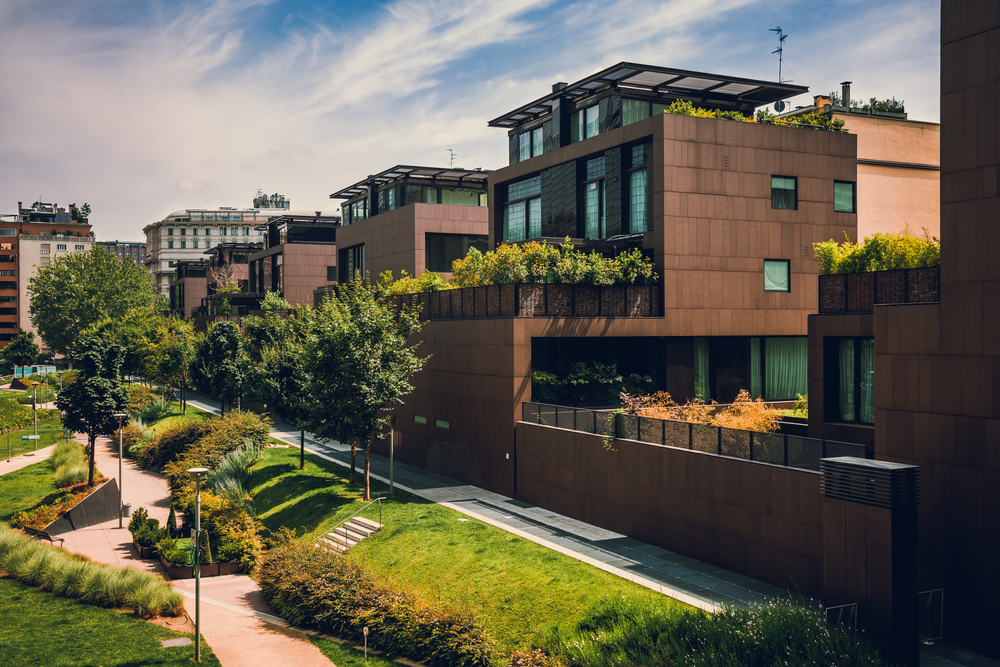Micro-Utopias: Reimagining Community Living in Urban Spaces
In a world of sprawling metropolises and digital connectivity, a quiet revolution is taking place in urban neighborhoods. Micro-utopias, small-scale intentional communities within cities, are redefining how urbanites live, work, and interact. These pockets of shared living spaces and communal resources are challenging traditional notions of city life, offering a blueprint for sustainable, socially connected urban futures. Read below to explore this fascinating trend reshaping our urban landscapes.

The Rise of Urban Micro-Utopias
The emergence of micro-utopias in urban spaces can be traced to a confluence of factors. Increasing urban density, rising housing costs, and a growing desire for more meaningful social connections have all contributed to this trend. Additionally, the COVID-19 pandemic highlighted the importance of community support and local resilience, further fueling interest in alternative living arrangements.
These communities often feature shared living spaces, communal kitchens, and common areas designed to encourage interaction. Many also incorporate sustainable practices such as urban gardening, renewable energy systems, and waste reduction initiatives. The result is a hybrid model that combines the benefits of urban living with the close-knit feel of a small town or village.
Rethinking Urban Design and Architecture
Micro-utopias are challenging traditional urban planning and architectural norms. Designers and architects are now tasked with creating spaces that balance privacy with communal living, often in compact urban environments. This has led to innovative solutions such as flexible living spaces, modular furniture, and clever storage solutions that maximize the use of limited square footage.
Many micro-utopias also incorporate biophilic design principles, integrating nature into the built environment. Rooftop gardens, vertical green walls, and shared courtyards are common features, providing residents with access to green spaces often lacking in dense urban areas. These design choices not only improve quality of life but also contribute to urban biodiversity and climate resilience.
Social Dynamics and Community Building
At the heart of micro-utopias is a focus on building strong social connections. These communities often have formal and informal structures for decision-making, conflict resolution, and sharing responsibilities. Regular community meetings, shared meals, and collaborative projects are common, fostering a sense of belonging and mutual support.
Research has shown that these close-knit urban communities can have significant positive impacts on mental health and well-being. Residents report lower levels of loneliness and isolation, increased feelings of security, and a stronger sense of purpose. This is particularly relevant in urban contexts where social isolation has become a growing concern.
Economic Models and Resource Sharing
Micro-utopias often operate on alternative economic models that prioritize resource sharing and collective ownership. Many communities have systems for sharing tools, vehicles, and other resources, reducing individual consumption and waste. Some even experiment with local currencies or time-banking systems to facilitate exchanges within the community.
These economic models not only reduce living costs for residents but also promote a more sustainable approach to consumption. By sharing resources and skills, micro-utopias demonstrate how urban communities can thrive with less, challenging the prevailing consumerist culture often associated with city living.
Challenges and Criticisms
Despite their potential benefits, micro-utopias face several challenges. Zoning laws and building codes in many cities are not designed to accommodate these non-traditional living arrangements, creating legal and regulatory hurdles. There are also concerns about the potential for these communities to become exclusive enclaves, accessible only to those with the means to participate.
Critics argue that micro-utopias may contribute to gentrification by creating desirable neighborhoods that drive up property values. There’s also the question of scalability – while these communities work well on a small scale, it’s unclear how their principles could be applied to larger urban areas.
The Future of Urban Living?
As cities grapple with issues of sustainability, affordability, and social cohesion, micro-utopias offer valuable insights into alternative models of urban living. While they may not be a one-size-fits-all solution, the principles underlying these communities – shared resources, strong social connections, and sustainable practices – have broader applications for urban development.
Urban planners, policymakers, and developers are increasingly looking to micro-utopias for inspiration. Some cities are even incorporating elements of this model into larger-scale developments, creating “urban villages” that aim to foster community while maintaining the benefits of city living.
As we face global challenges such as climate change and growing urban populations, the micro-utopia model suggests that the future of cities may lie not in grand, top-down solutions, but in small-scale, community-driven innovations. By reimagining how we live together in urban spaces, these tiny utopias may be planting the seeds for more sustainable, connected, and resilient cities of the future.





